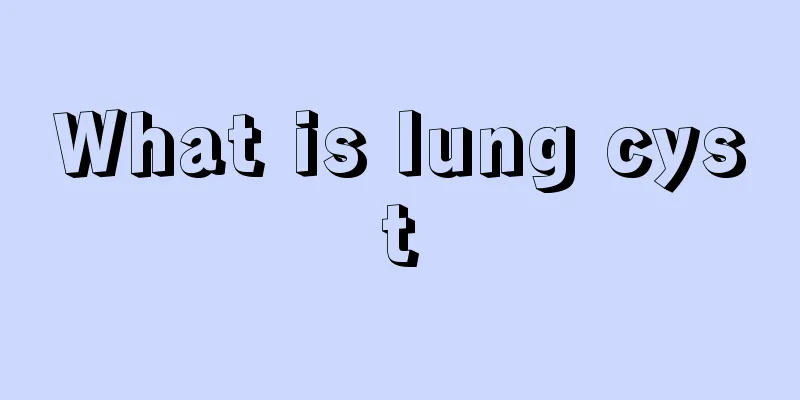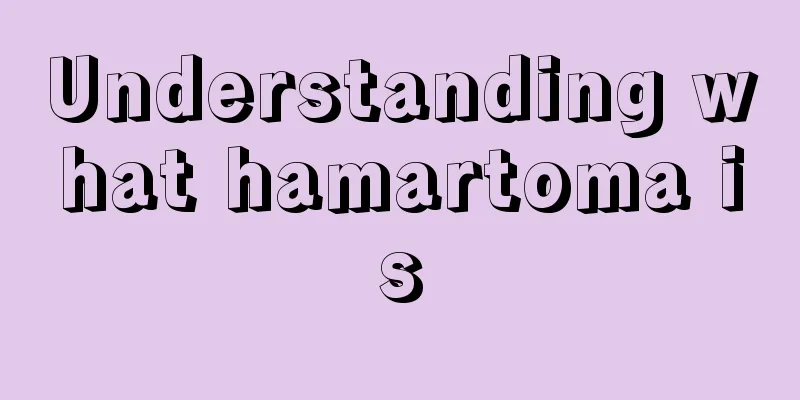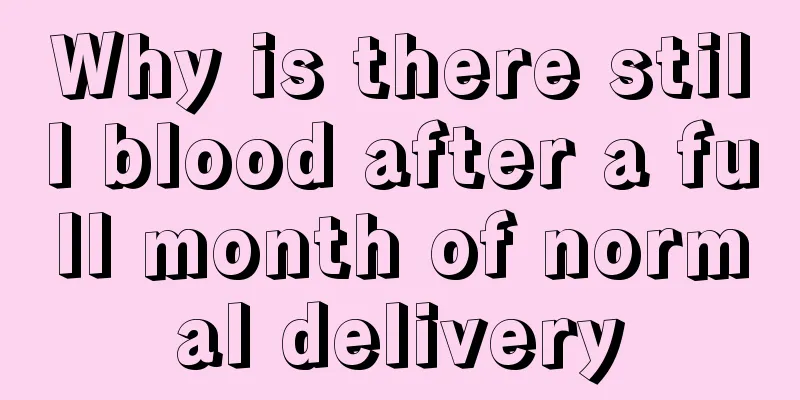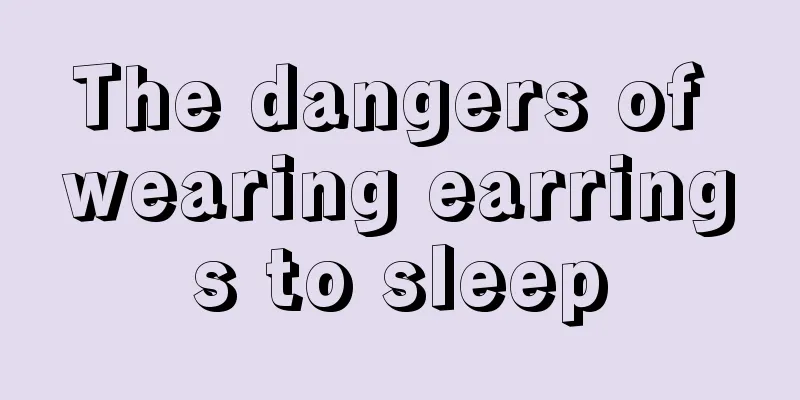What is lung cyst

|
Lung cysts are usually a congenital disease caused by embryonic development, and can be divided into bronchogenic cysts and lung parenchymal cysts. Children and young people are especially susceptible to this disease, and the symptoms vary at different age stages. Infants and young children often show symptoms such as shortness of breath and respiratory distress, while adults will show symptoms of coughing, fever, and hemoptysis. 1. Overview Pulmonary cyst is a congenital disease caused by embryonic development disorder, which can be divided into bronchogenic cyst and pulmonary parenchymal cyst. It often occurs in childhood or adolescence. It can be single or multiple. Generally, the cyst wall is thin and connected with the bronchus to form a fluid-air cyst or an air cyst. Cyst rupture can form pneumothorax. 2. Symptoms at different ages (A) Tension bronchogenic cysts, lobar emphysema and bullae are more common in infants and young children. Clinically, symptoms of intrathoracic tension hypertension are often present, manifested as shortness of breath, cyanosis, or respiratory distress. Physical examination revealed that the trachea was shifted to the contralateral side, tympanic sound was heard on percussion of the affected side, and breath sounds were reduced or absent. Chest X-ray shows that cystic lesions in the affected lung cause atelectasis, mediastinal and tracheal displacement, and may present with mediastinal hernia and ipsilateral atelectasis. The condition is critical and without timely diagnosis and treatment, death from respiratory failure may occur. (ii) Bronchogenic cysts are more common in children. Clinical manifestations are recurrent lung infections. Patients often seek medical attention due to fever, cough, and chest pain. Symptoms are similar to bronchopneumonia. (III) It is more common in acquired secondary pulmonary bullae and bronchogenic cysts in adults. The clinical manifestations are all due to symptoms of secondary infection, such as fever, cough, purulent sputum, hemoptysis, chest tightness, asthma-like attacks, shortness of breath with exertion, and recurrent pneumothorax. It needs to be differentiated from lung abscess, empyema, bronchiectasis, tuberculosis cavity and lung tumor. 3. Hazards of lung cysts 1. Lung cysts themselves have no gas exchange function. Huge cysts can compress lung tissue and cause pulmonary gas exchange disorders. In severe cases, it can even cause increased pulmonary artery pressure and increase the burden on the heart. 2. Long-term and repeated infections can easily lead to adhesion of surrounding tissues, affect lung function, increase surgical difficulty, and affect postoperative recovery. 3. Bleeding caused by destruction of the lung cyst wall. Perforation, causing pneumothorax. Hemothorax. |
>>: What does gastric retention mean
Recommend
What to do if there are termites in the house
Termites usually appear in April and May in summe...
What are the causes of melanoma
Melanocytoma can be composed of epidermal melanoc...
Prevention of intestinal adhesion after abdominal surgery
Gastric disease is a very common disease. Most pe...
What beverage can relieve spiciness? It turns out it's this
In recent years, with the popularity of Malatang ...
What should be paid attention to in postoperative care of patients with cholangiocarcinoma
What should be paid attention to in the postopera...
What's wrong with sweating, dizziness and discomfort
Our bodies are always bound to have some symptoms...
Luxury leather goods care
As the living standards in our country improve, m...
How to treat allergic purple palace
The most obvious symptom of purpura is the appear...
Explain whether smoking affects lung cancer
There are many causes of lung cancer, smoking is ...
Does liver cancer run in families? These six types of people are prone to liver cancer
Primary liver cancer is highly malignant, aggress...
What oil is healthy for cooking
It is well known that oil is a must for cooking. ...
Precautions for burn skin grafting surgery
In fact, people now often feel that the pace of l...
What are the benefits of sunbathing in the summer
In summer, because the weather is too hot, people...
How to treat seborrheic dermatitis?
Many friends will encounter different diseases in...
How to relieve cervical pain when lowering the head
If you feel pain in your cervical spine when you ...









